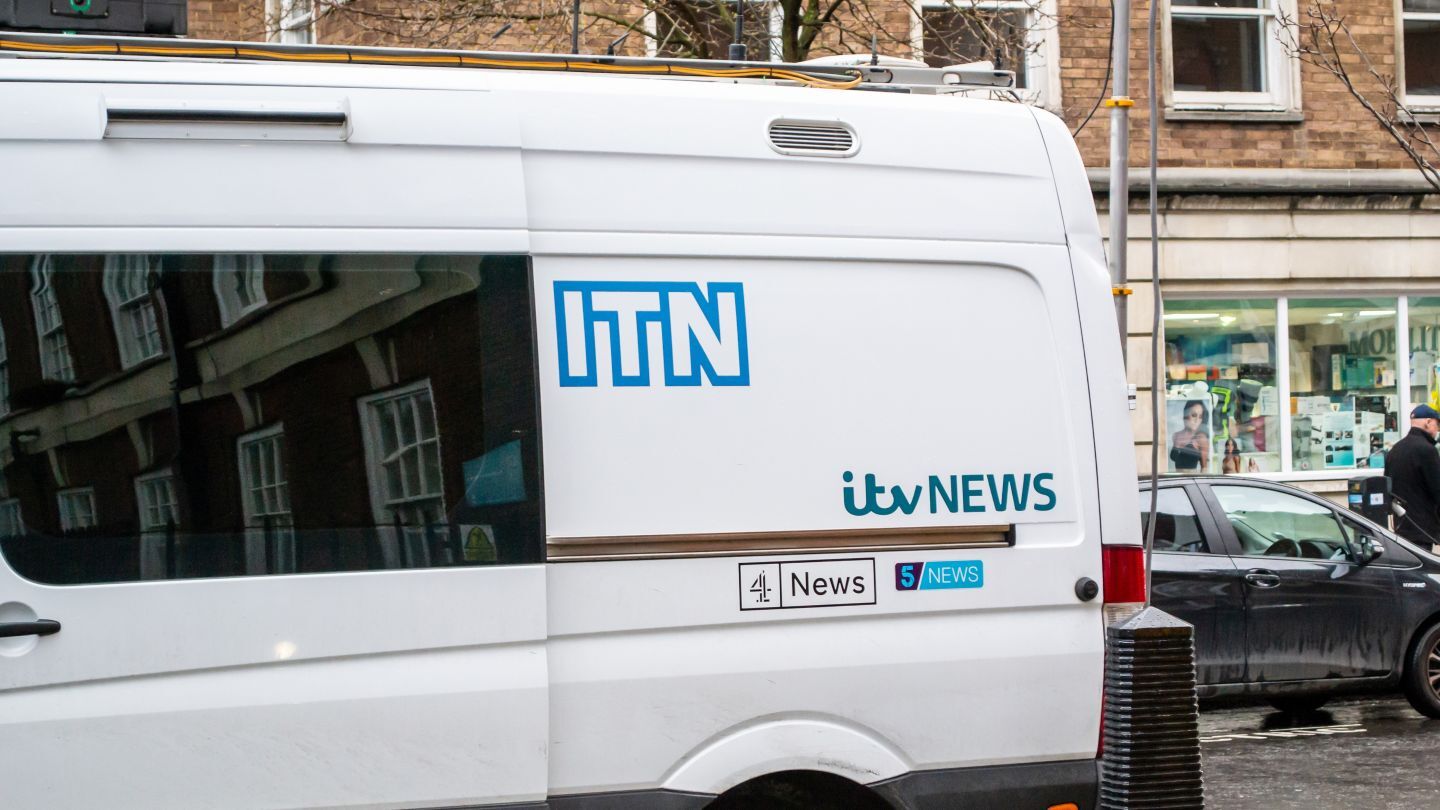With the increased adoption of IP and cloud-based technologies, digital security in the media supply chain has never been more vital. John Maxwell Hobbs explores the latest threats to the industry and speaks with key experts about the best practices for protecting against them.
The broadcast industry is continually evolving to meet the demands of an increasingly digital audience. With the advent of IP and cloud-based production technologies, broadcasters have gained unprecedented flexibility and efficiency in delivering content across diverse platforms. However, alongside these advancements come formidable challenges in ensuring the security and integrity of live broadcasts.
Cyberattacks on major broadcasters
High-profile attacks on live broadcasts serve as stark reminders of the vulnerabilities inherent in the broadcast ecosystem. One of the earliest and most dramatic of these was in 2015 when TV5Monde in France was taken off the air by a group of Russian hackers. In 2021, Channel Nine in Australia was unable to air several programmes due to a ransomware attack. And earlier this year, Sweden’s SVT, along with other public institutions in the country, were targeted by denial of access attacks...
You are not signed in
Only registered users can read the rest of this article.

Poacher turned gamekeeper: Netflix rules, for now
Netflix raids Hollywood to land a giant of old media, but having offered billions over the odds for ageing IP, would a smarter play have involved the creator economy?

Truth in the age of deepfakes: Building trust in the human-machine era
As deepfakes become prevalent throughout the media industry, experts at the BBC, Guardian, and ITN wrestle with the implications of today’s unprecedented levels of disinformation and distrust.

Rory Peck Awards: Truth has never needed its defenders more
This year’s Rory Peck Awards was an affirmation that press freedom is in severe danger, that it has become a vicious fight to sustain that facts matter. George Jarrett reports.

Camerimage: “The time to be afraid of AI was two years ago”
The festival of cinematography remains political with the rise of AI and gender equality bubbling beneath the surface.
.jpg)
Content Everywhere: Disruptive forces in 2025, from AI to ROI and SGAI
Looking back over 2025 to date, it’s clear that AI continues to widen its role in the Content Everywhere ecosystem, and many companies are becoming more discerning about how and where the technology should be applied to streaming and video technology. Clearly, there is still much more to come, and much more to learn, but what have recent developments taught the industry to date?


